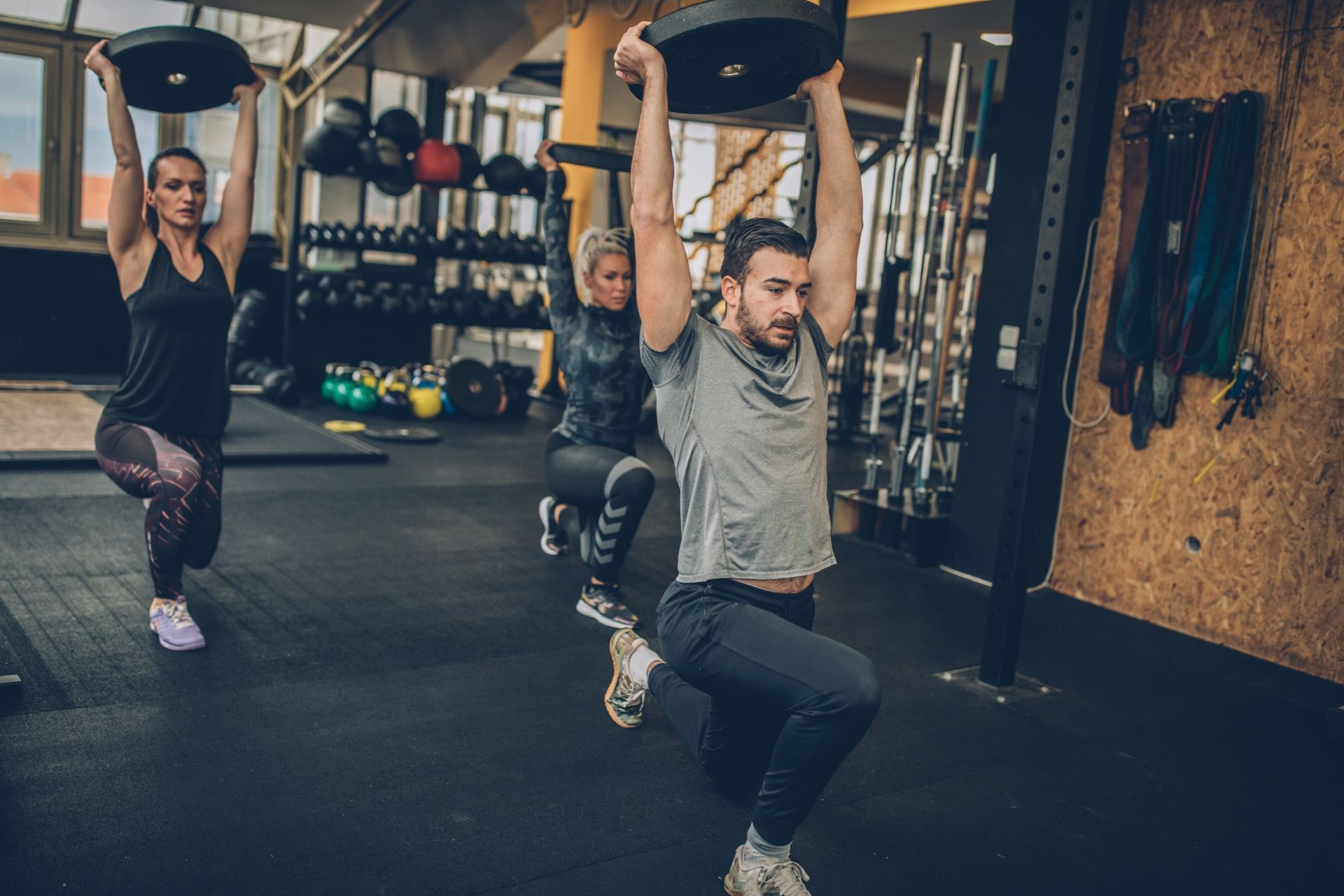Plyometric Training
How can plyometric training improve an athlete's explosive power?
Plyometric training can improve an athlete's explosive power by utilizing quick, powerful movements to enhance muscle strength and speed. By incorporating exercises like jump squats, box jumps, and depth jumps, athletes can develop the ability to generate maximum force in a short amount of time. This type of training targets fast-twitch muscle fibers, which are essential for explosive movements such as sprinting, jumping, and throwing.



